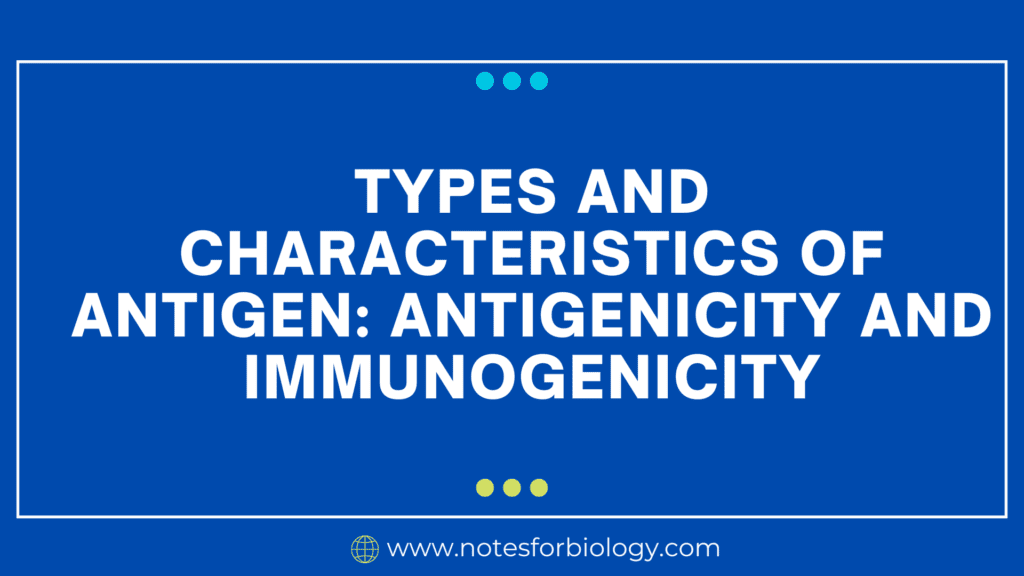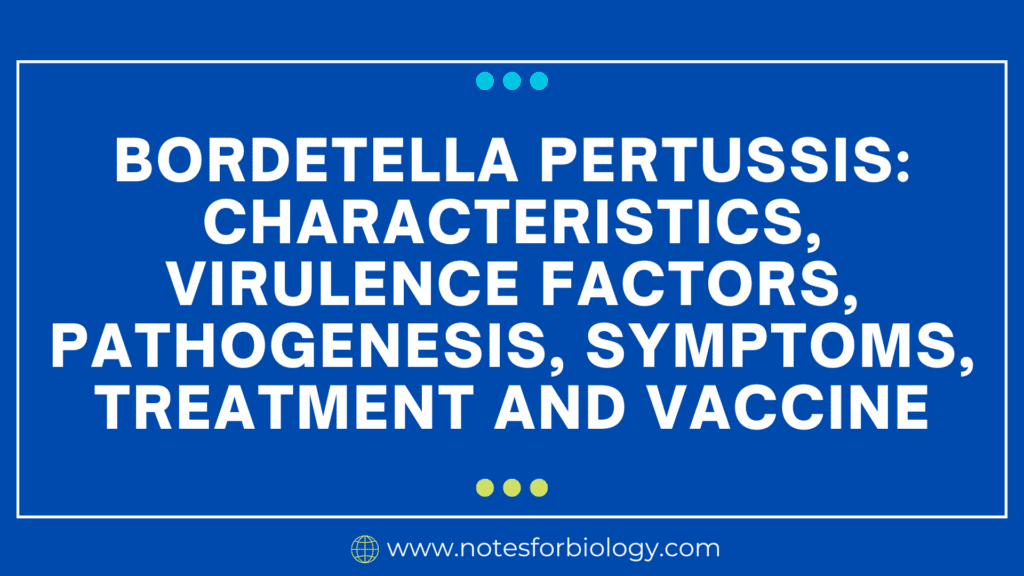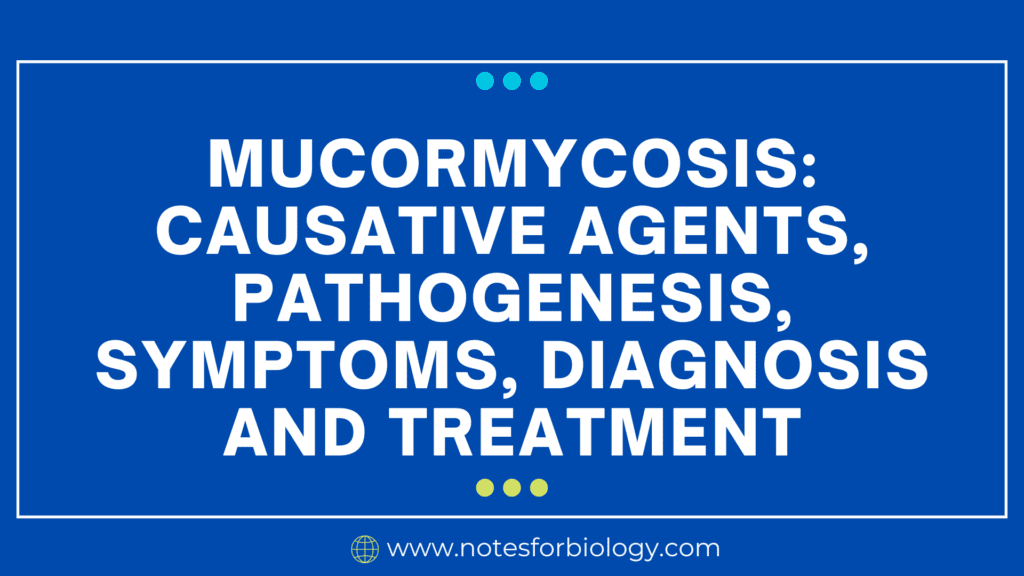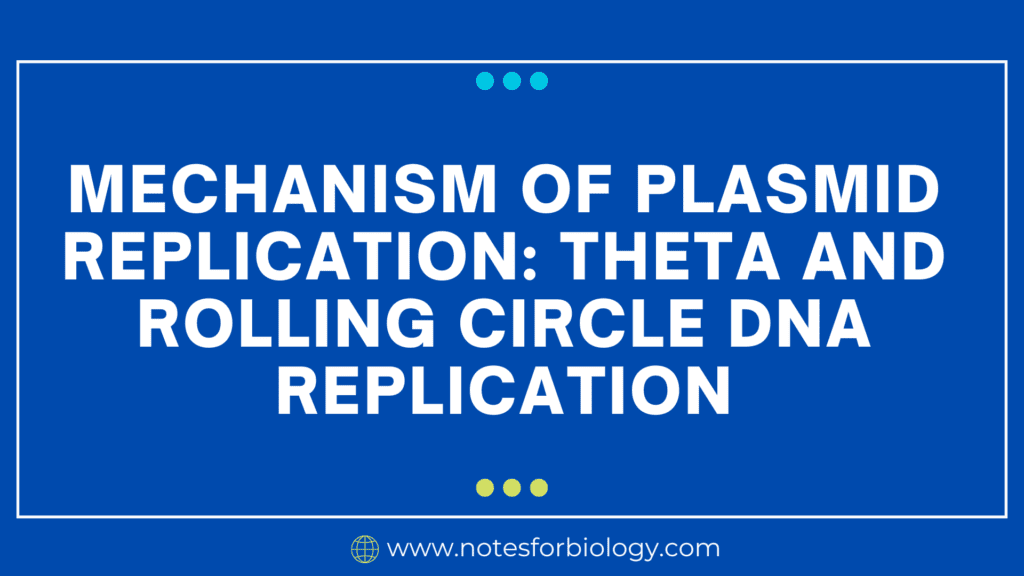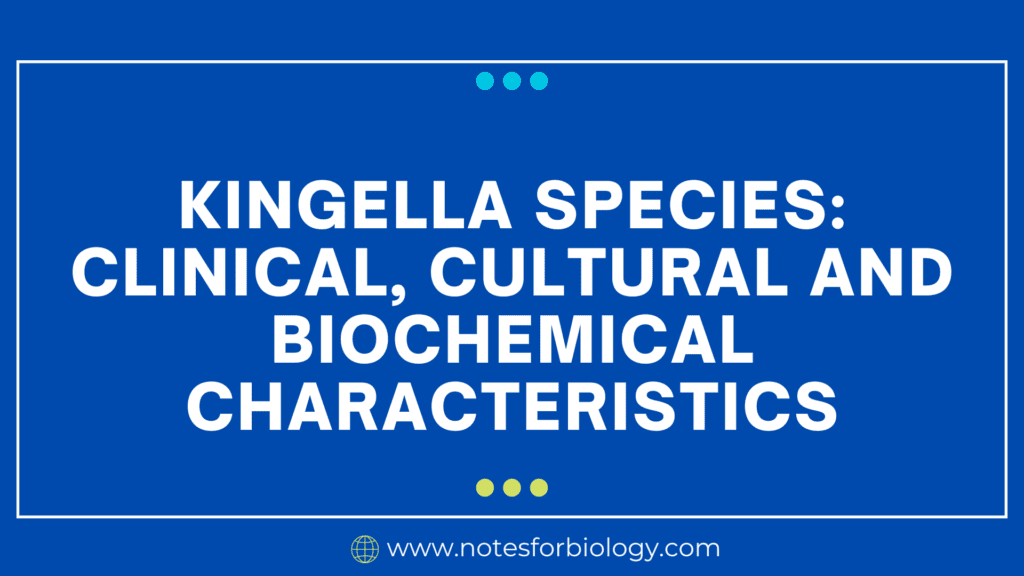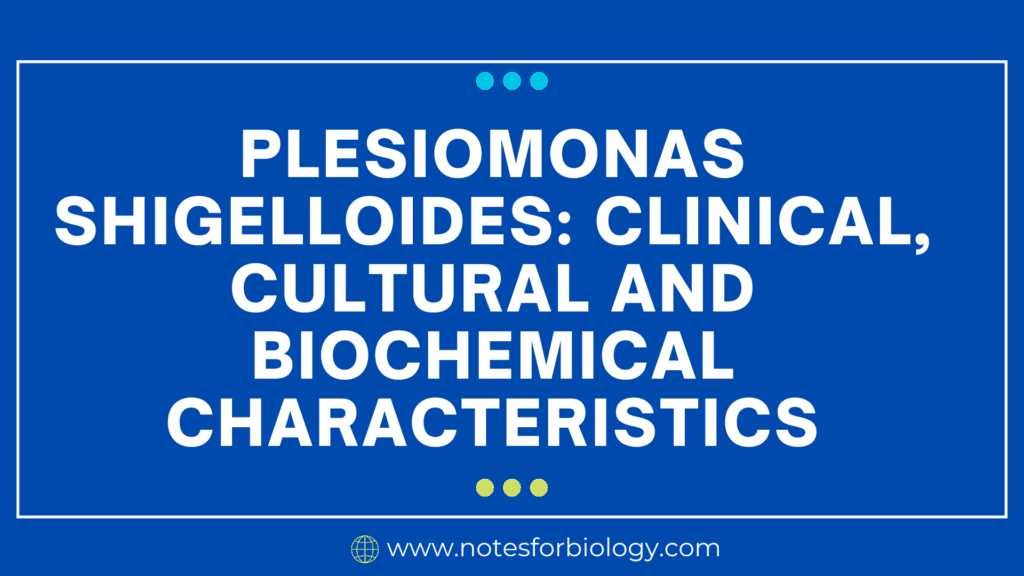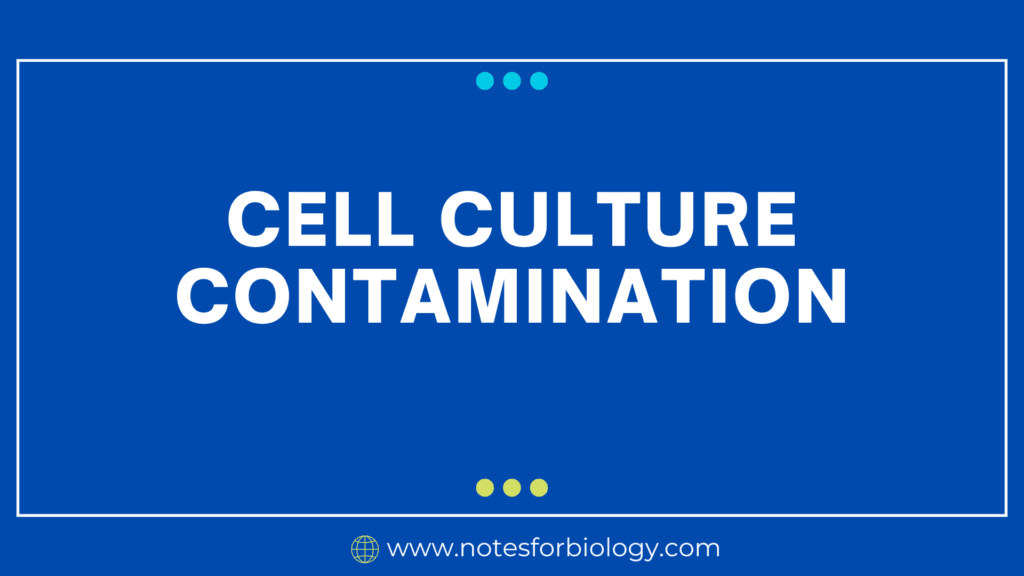In vitro fertilization (IVF)
What is In vitro fertilization (IVF) ? In vitro fertilization (IVF) is a complex and transformative technology that has revolutionized reproductive medicine. This prompt aims to explore the multifaceted aspects of IVF, delving into its scientific principles, clinical applications, ethical considerations, and societal impact. In Vitro Fertilization (IVF) is a complex and often life-changing fertility […]


